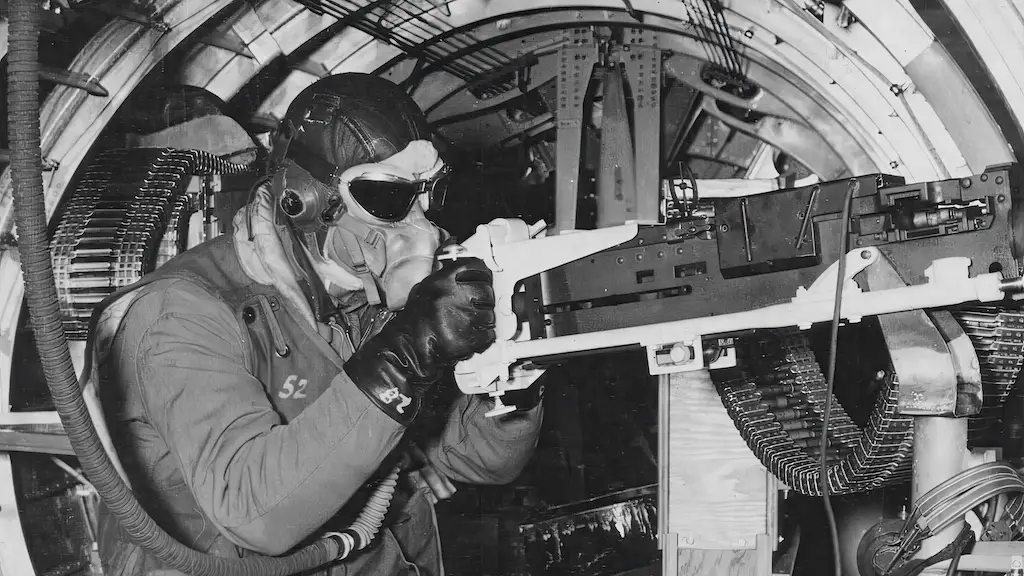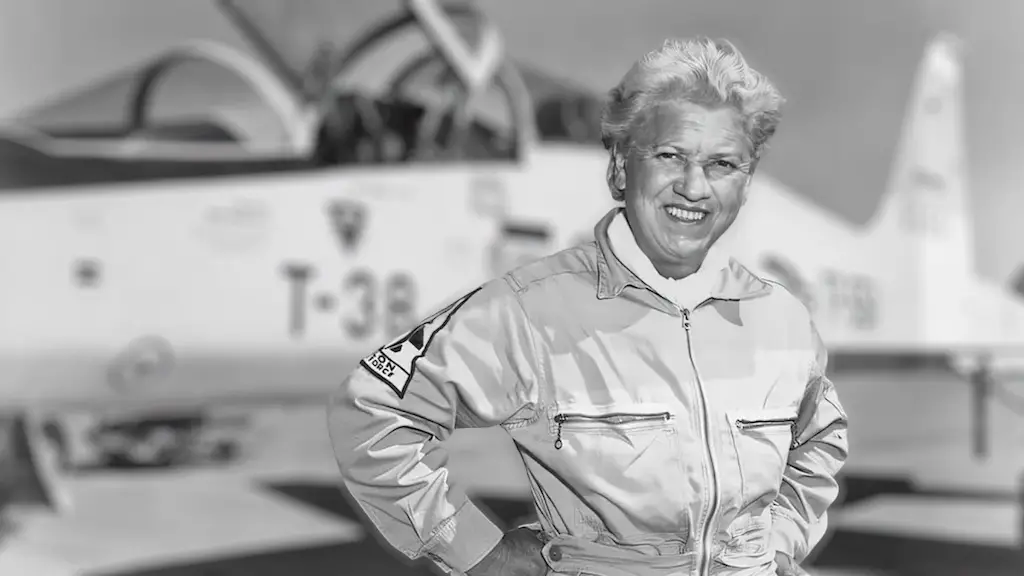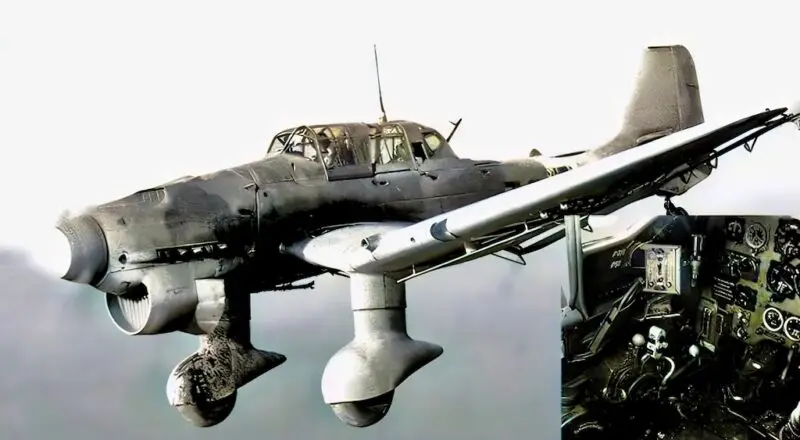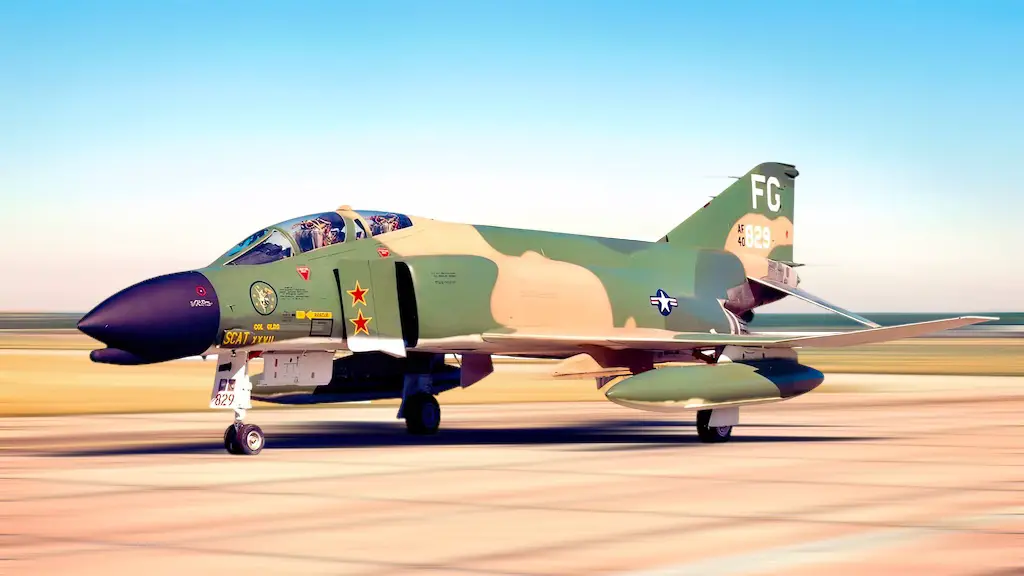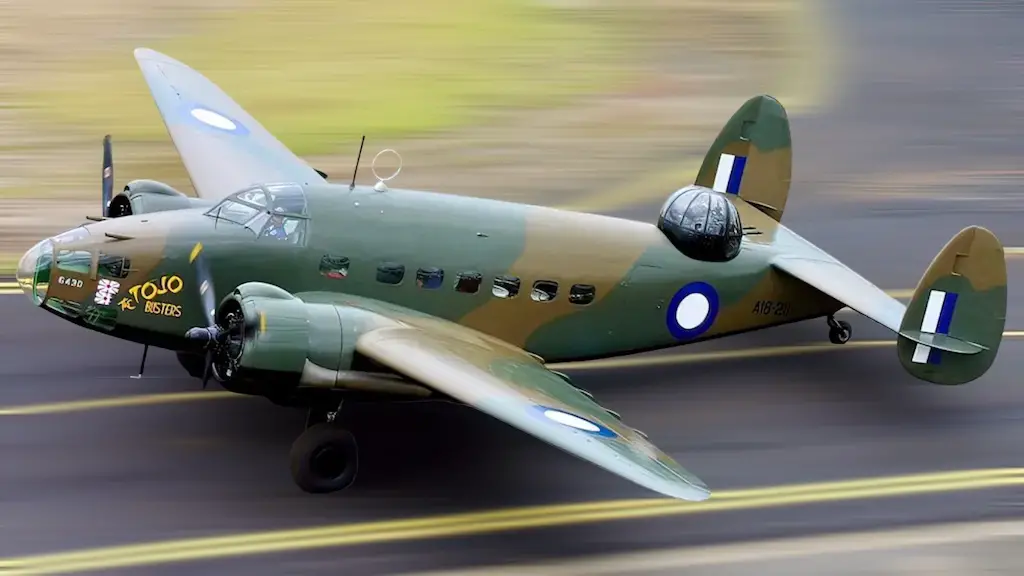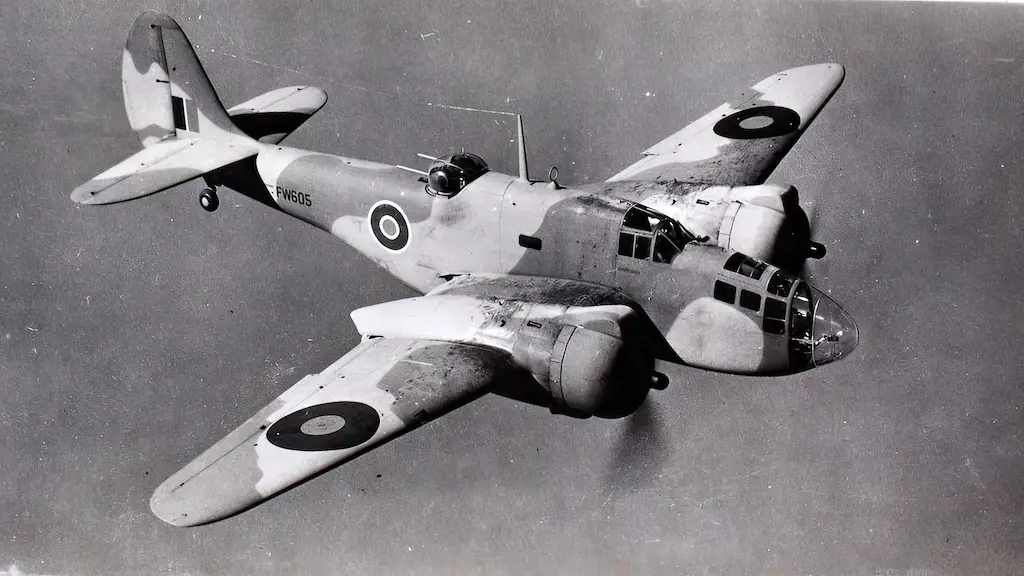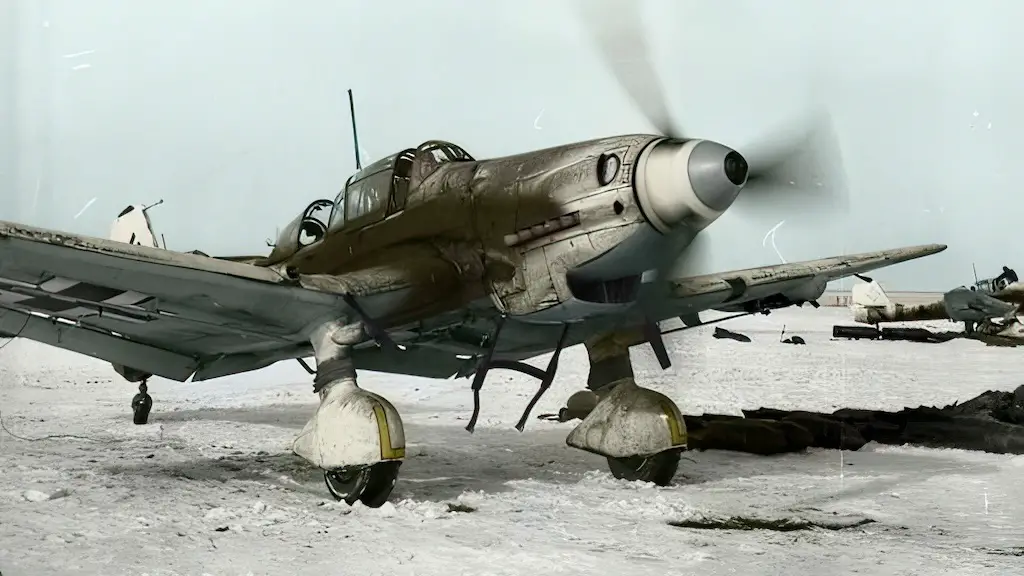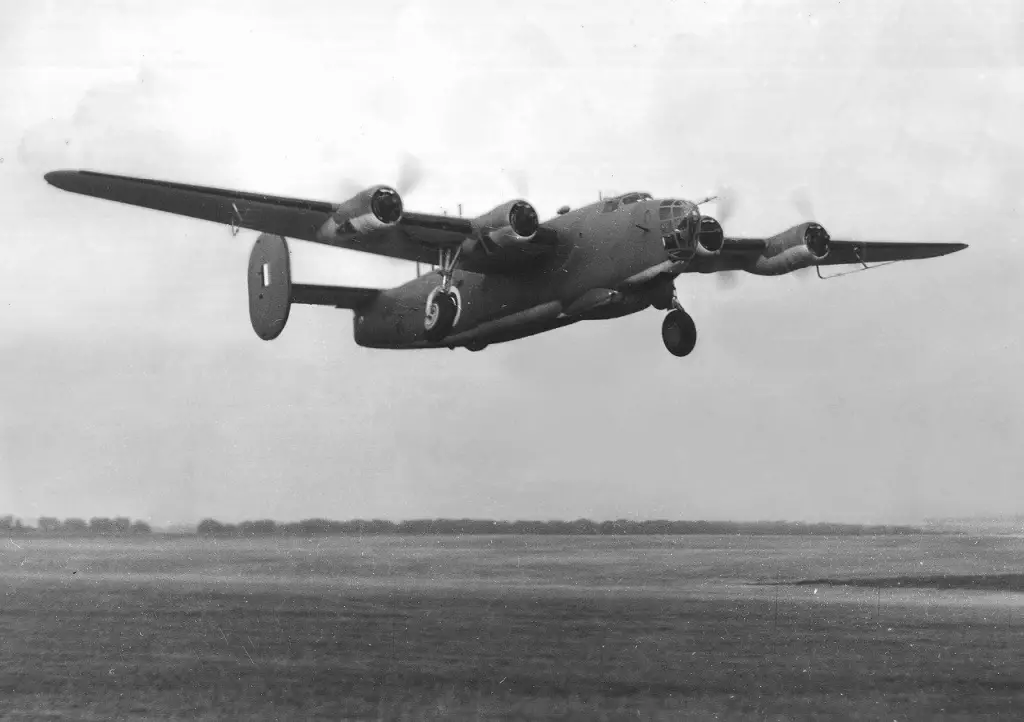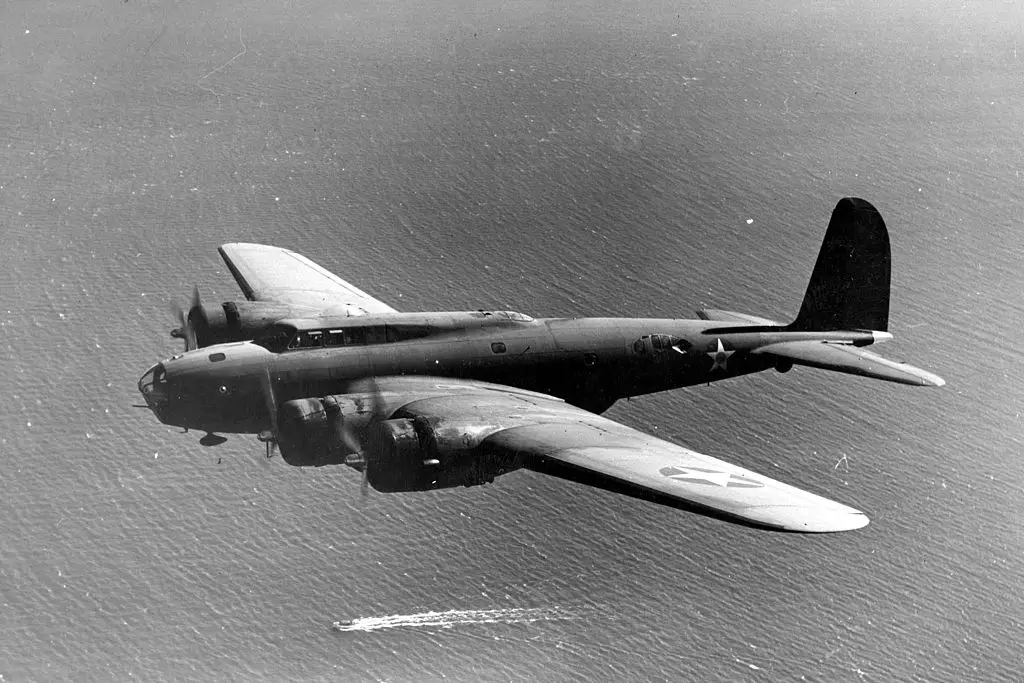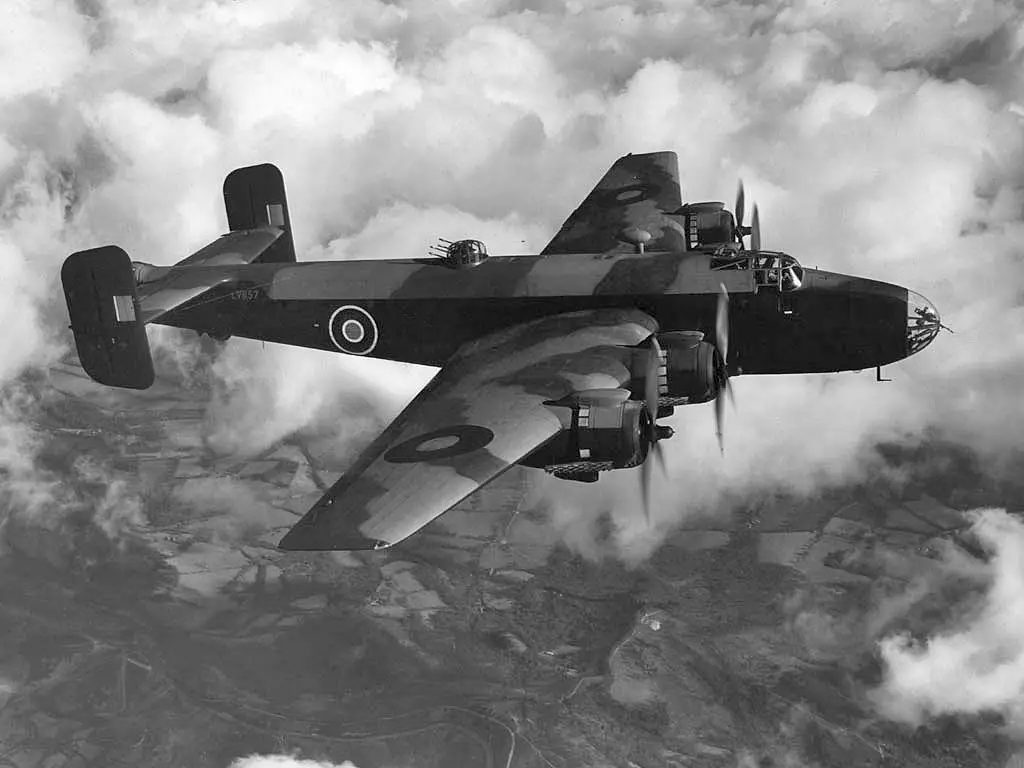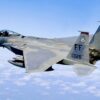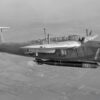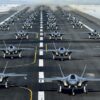Manning a gunner’s position in a B-17 Flying Fortress, a B-24 Liberator, Halifax, or any similar big bomber flying a daylight bombing mission deep in German territory required a great lot of courage. Messerschmitts and Focke-Wulfs with best aces of Luftwaffe at the controls would come swarming, making one pass after another, and spitting hundreds of pieces of hot metal in your face. To make things worse, AAA batteries down below would fire into the sky salvo after salvo of shells bursting into myriads of small bits, each of them manufactured with the one and only goal of harming you and destroying your plane.
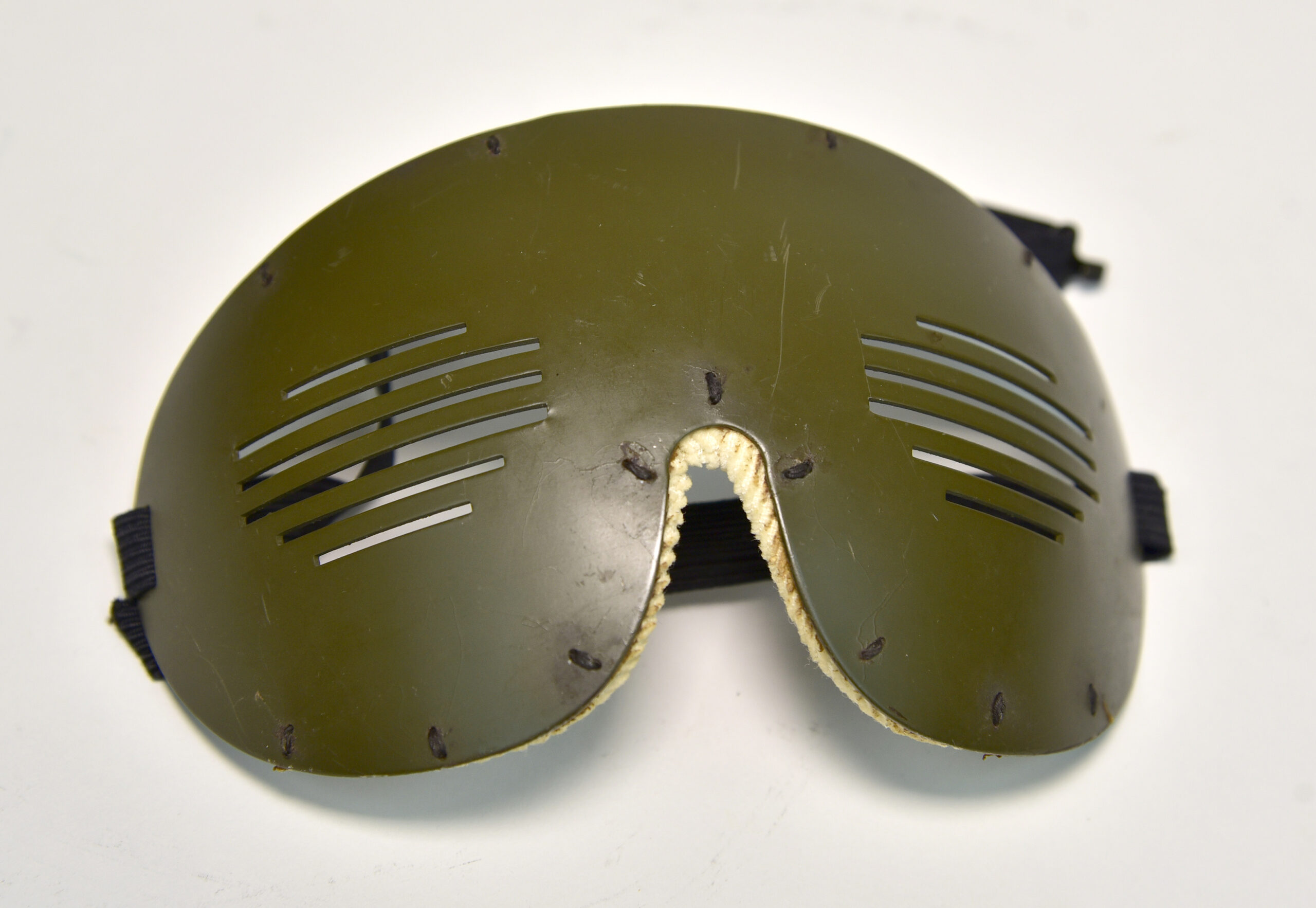
Actually, Allied heavy bombers were very robust and sturdy machines and often safely got back to base peppered with bullets and shell fragments. But it was also important that they returned with their crews safe and sound. So, in addition to equipping the airframes with armor plates, the crews also received personal armor to increase their survival chances during fierce aerial battles in hostile skies.
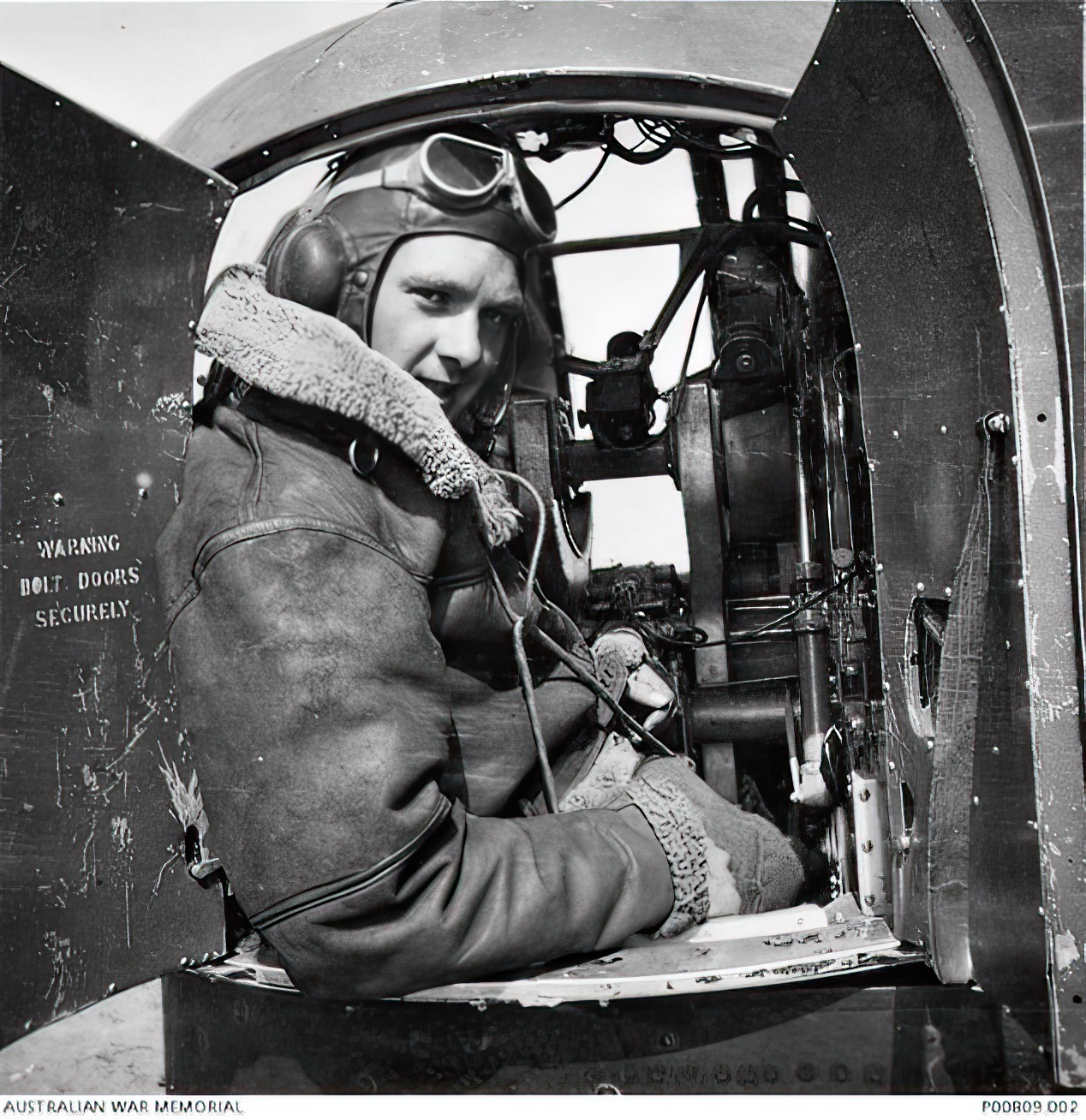
Unnecessary wounds
When the Allies started bombing raids into German-held territory, a steady stream of wounded aircrews started filling the hospitals. Noticing that the majority of his patients came in with fragmentation wounds, Col. Malcolm C. Grow, Surgeon of the US Eighth Air Force in Britain, suggested that many of those could have been easily prevented, if those airmen had worn pieces of light armor.
In fact, up to 70% of bomber crew wounds resulted from shattered pieces of aircraft structure and shrapnel from exploding anti aircraft shells. To prove his point, Grow designed a body armor suit for aircrews and delivered a dozen of these suites for testing in actual combat situations in March 1943.
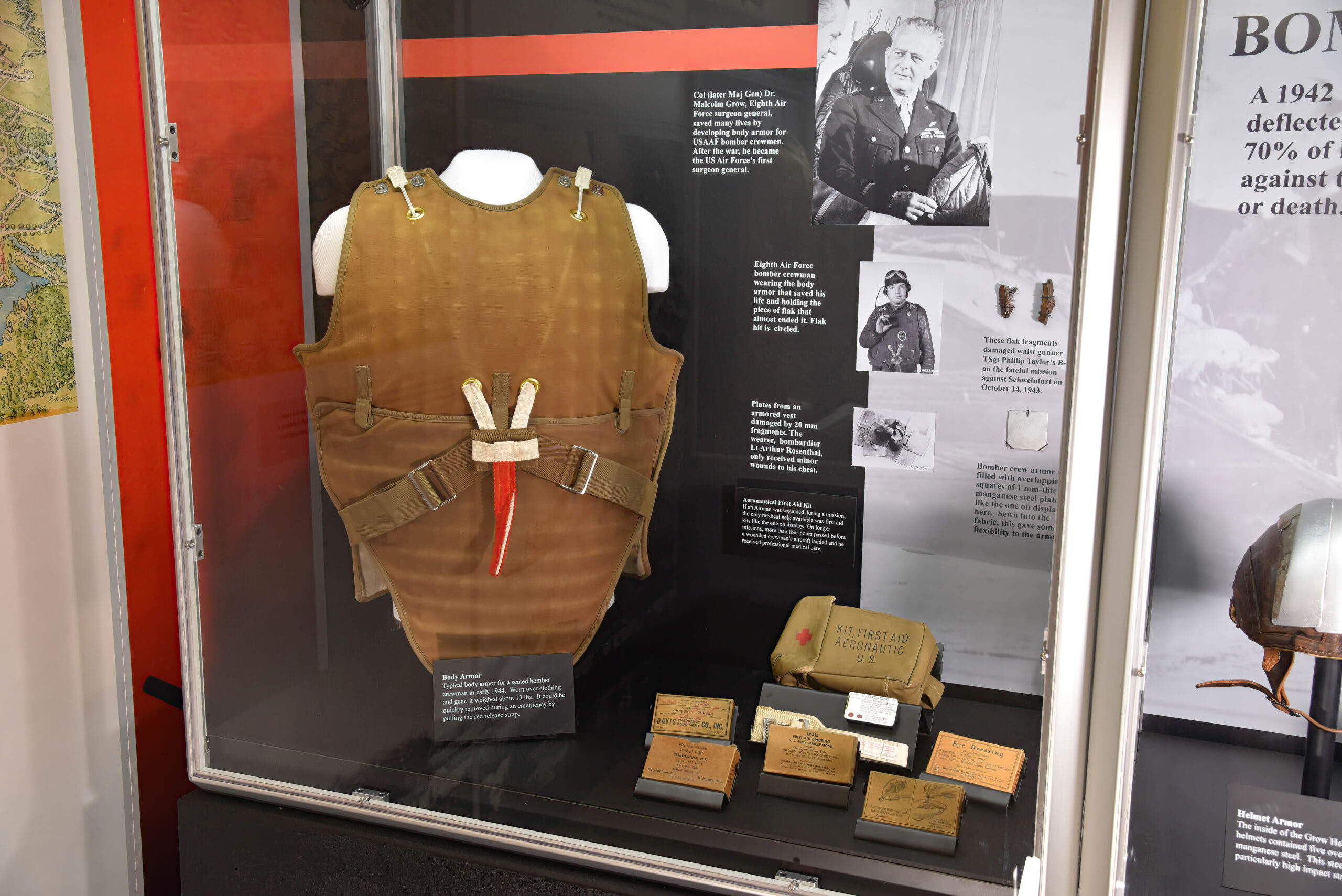
Flak jackets
Upon successful tests of the suits developed by Grow, the Wilkinson Sword company started their mass production for RAF crews. They were also shortly adopted by the USAAF. Officially designated as M1 flyer’s vests, they were also known as flak jackets, flak vests, or flak suits. Filled with 2-inch squares of manganese steel plates sewn into fabric, they weighed about 13 lb. If they crew had to bail out or ditch the aircraft in the water, suits could be quickly removed by pulling a single red release strap.
Several variations of the suit were available for different crew members depending on their position inside the aircraft: M2 for pilots and copilots, M3 for ball turret gunners, M4 for waist gunners, M5 for seated personnel. A typical combinations was an M1 flak vest complimented by an M3 apron section hanging from the vest’s bottom. Together these two pieces provided protection for the wearer’s chest, abdomen, groin, and back.
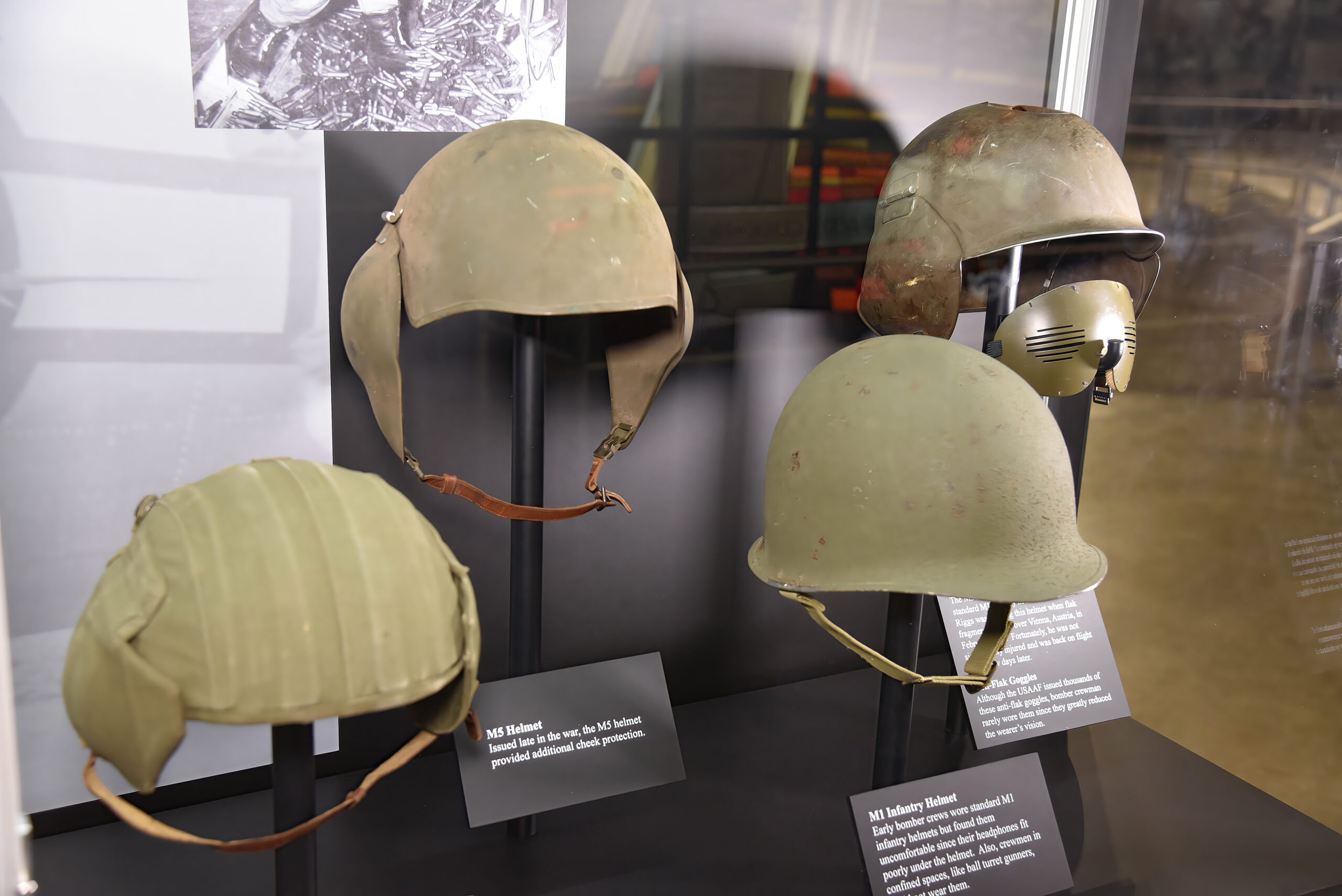
While flak jackets could not, of course, withstand a direct hit by a projectile fired from a fighter’s .78in cannon or .51in machine gun, they did protect their wearers from shell fragments and flying debris, and that was a big deal. The introduction of body armor reduced the rate of wounds sustained by aircrews by 60%.
Head protection
Early in the war, bomber crews wore standard M1 infantry helmets. However, even the largest bombers of the time offered very little space to crewmembers. Wearing a standard helmet in a crammed ball turret was hardly possible. Some crew members also had to wear headphones, and combining those two pieces of headwear was rather difficult, to put it mildly.
All that prompted the development of special M3 helmet, essentially the old M1 tailored to aircrews’ needs. Another solution to the problem was presented by the ”Grow helmet” (named after col. Grow) and its further development M4A2, which were worn over the standard leather flight helmets and had five overlapping strips of manganese steel.
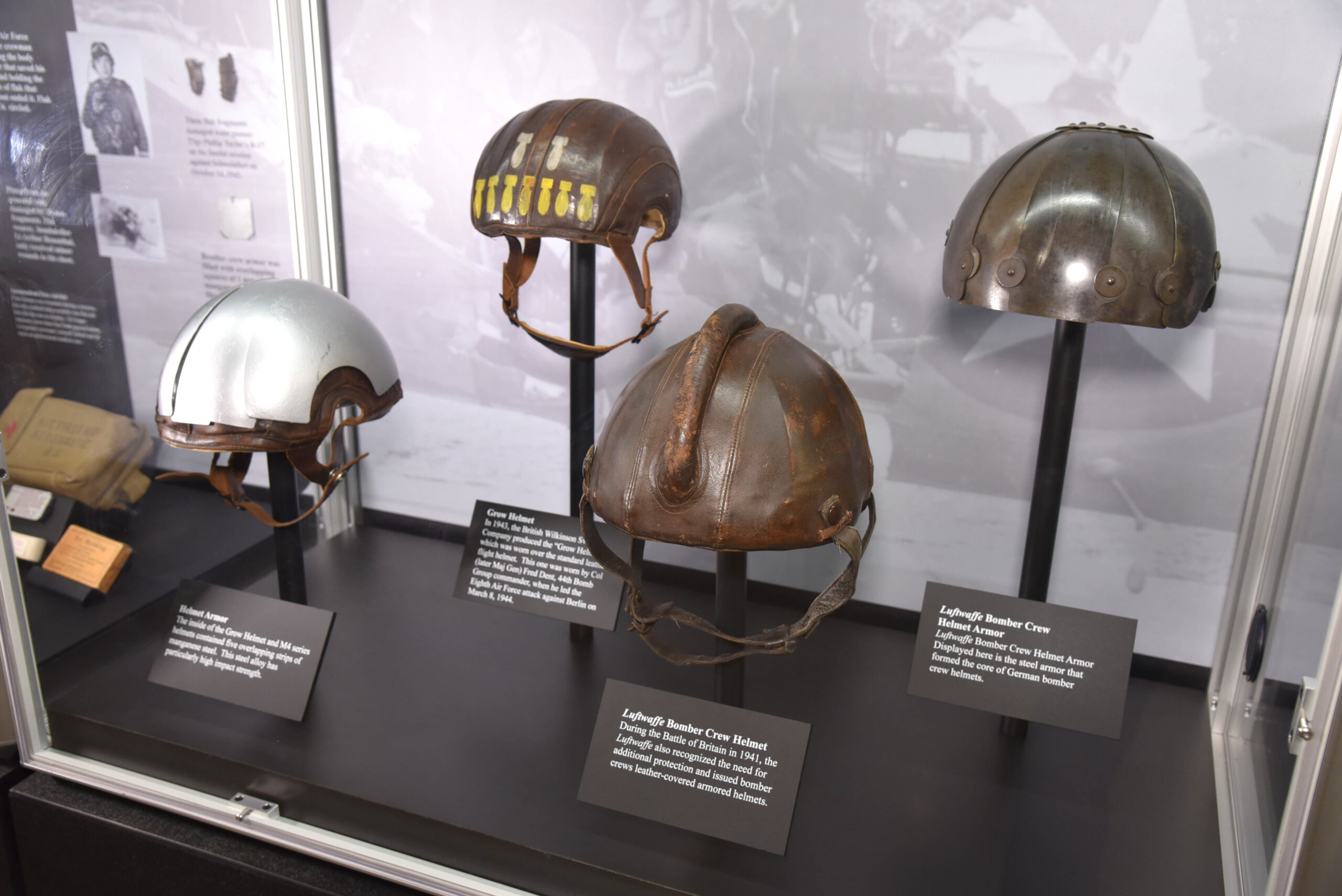
Guarding the eye
The USAAF even provided its crews with special anti-flak goggles reminiscent of a medieval knight’s visor. However, they were as effective in limiting their wearer’s view as in protecting his eyes from debris. Consequently, airmen more often than not chose to pin their hopes on luck, prayer, strength of their aircraft and inaptitude of the enemy, rather than on this bizarre gizmo.
